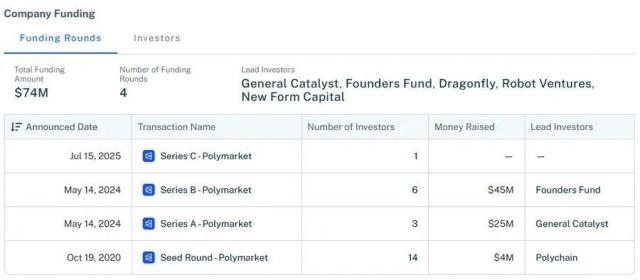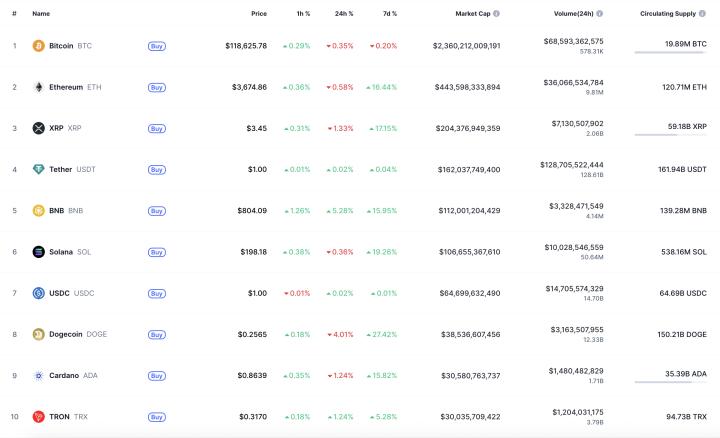Chainfeeds Preface:
What are the core contents of the CLARITY Act? How will it collaborate with the GENIUS Act to influence the US and global markets? Under the established licensing moat, what survival space and development potential do DeFi and self-custody have within the CLARITY Act framework?
Article Source:
https://mp.weixin.qq.com/s/t8I3A_oKW54YW5l2J3KtOw
Article Author:
Cobo
Perspective:
Cobo: The emergence of the CLARITY Act is not a repetition of the GENIUS Act, but an important link in constructing a regulatory closed loop. The latter focuses on defining, issuing, and custody rules for stablecoins, promoting their widespread application as payment and settlement tools, but does not address the regulation of the underlying blockchain infrastructure. Therefore, the CLARITY Act was born to fill the compliance gaps in the underlying network. By introducing standards to measure network security, transparency, and governance structure, it clarifies the functional boundaries of the SEC and CFTC, establishing a federal regulatory system covering infrastructure. The synergistic effect of these two acts lies in the former regulating assets and the latter regulating the operating environment, together forming the core institutional framework of on-chain finance. If successfully legislated, the US will become the first country to establish a layered blockchain regulatory model through written law, with a driving force for the digital asset ecosystem comparable to the 1933 Securities Act for traditional financial markets. This will also set a new institutional coordinate for the global digital economy, enabling trusted technology to iterate and evolve more stably on a compliant track. The CLARITY Act introduces a "decentralization maturity framework" for the first time in its technical design, establishing a differentiated regulatory path based on control rights. Its core logic is: the more centralized the control, the stricter the regulation; the more decentralized, the more exempt from regulation. This framework is used to assess whether a project is still in a centralized stage or has achieved substantial decentralization. Measurement standards include whether network governance rights are still dominated by the founding team or foundation, whether native assets are controlled by key entities, and whether community governance mechanisms are effectively operating. If the project's control rights are deemed to have been transferred to on-chain governance structures, it can be viewed as a "digital commodity" subject to more lenient regulatory rules. Conversely, it must fulfill traditional financial obligations such as registration, anti-money laundering, and KYC reporting. This dynamic regulatory structure not only provides growth space for projects but also helps regulatory agencies concentrate resources on centralized intermediaries with higher systemic risks, thereby enhancing the sustainability and risk controllability of the entire system. The introduction of this mechanism provides the industry with a milestone-like compliant evolution path from initial centralization to ultimate decentralization. The CLARITY Act clearly defines compliance boundaries for DeFi and self-custody tool products. For DeFi protocols that do not rely on intermediaries and allow users to interact directly with smart contracts, the act grants relatively lenient regulatory exemptions. This means that as long as a project has effectively decentralized control and its protocol does not handle asset custody or transaction matching functions, it can avoid the heavy regulation of traditional financial platforms. This preserves sustainable development space for native token issuance, DAO governance, on-chain lending, and other DeFi applications. Simultaneously, the act provides a clear exemption path for tool-type self-custody products. As long as asset control remains in the user's hands and service providers do not intervene in custody or transfers, the development tools and interfaces do not need to register as financial service institutions. For example, Cobo provides developers with modular components through MPC wallets, smart accounts, and compliant settlement systems, supporting features like yield routing and periodic payments, helping to build financial products that are both user-sovereign and compliance-potential. With such infrastructure, developers can achieve compliance-as-a-service without bearing custody responsibilities, exploring the compliant programmable paradigm of Web3 finance.







